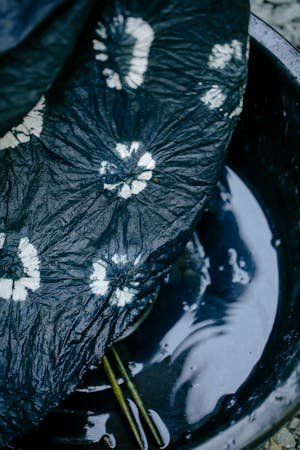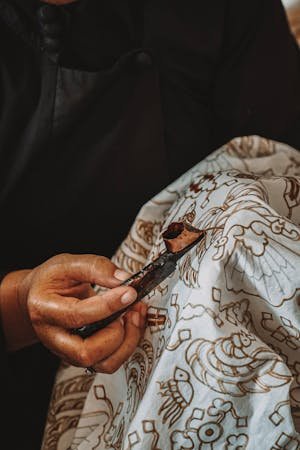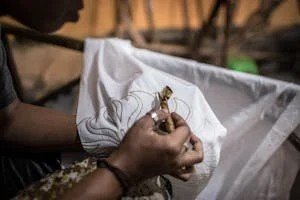Regional batik crafts
Batik is one of the regional cultural heritages that has gone global. However, do we know that the word batik is an abbreviation of two words? Not many people know that there is a deep philosophy and meaning behind the name of the cloth.

Pexels
The Origin of the Name Batik
The word batik comes from two words in Javanese, such as amba which means to write and titik which means dot. In the tradition of making batik, the patterns on the cloth are made by hand by writing or certain patterns using canting and wax as the main tools. The combination of these two words reflects the traditional way of making batik which requires high precision, patience, and expertise that has been passed down from generation to generation. However, in Javanese, amba also has another meaning, namely wide or broad.

pexels
Returning to the literal meaning of batik, namely writing dots on cloth, the weaving or batik technique is very developed and produces various patterns and motifs that are not just dots or typical of batik. However, weaving or writing with dots remains the basis of the manufacturing process. Therefore, batik is not just a patterned cloth, but is also called art and cultural work that contains historical value, spirituality, and expressions of beauty contained therein. Batik and Its Philosophical Meaning in Indonesia is not only known from one region, but is spread across almost the entire archipelago. Each region has its own characteristics in making batik, both in terms of motifs, colors, and the meanings contained therein. For example, batik from Yogyakarta and Solo tend to use dark colors such as black and brown, with motifs and fibers, philosophical meanings about life and community beliefs.
On the other hand, coastal batik such as Cirebon, Pekalongan, and Lasem batik are richer in bright colors and motifs inspired by nature, flora, fauna, and influence foreign cultural values that enter coastal areas. This difference reflects the cultural diversity and artistic richness possessed by coastal communities. Batik is a regional identity, the importance of batik for the community is not only in terms of aesthetics, but batik as an Intangible cultural heritage of humanity or cultural heritage is no different, indicating that batik does not only belong to the government but also the pride of all humanity. This recognition also motivates the Indonesian people to continue to preserve the tradition of batik so that it is not eroded by the development of the times.
Along with technological advances, batik can be produced by machine or using a more efficient stamp technique. However, batik remains the most appreciated form because of the complexity of the process and the personal touch of each craftsman. Therefore, when we wear batik we are not only wearing beautifully patterned cloth, but also appreciating the artistic value, history, and identity contained in it.

[pexels](

The Meaning of Batik in the Modern Era like today, batik is not only used for formal events or customs. However, batik has undergone a transformation into clothing that can be worn on various occasions, both casual and formal. Indonesian designers have even succeeded in combining batik motifs into modern clothing that is acceptable in international markets. Not only that, innovation is also done in the form of products such as accessories, bags, shoes, even home interiors with a touch of batik motifs. All of this shows that batik is not just a traditional cloth, but also a lifestyle that reflects pride in Indonesian culture.
Batik is not just a beautifully patterned cloth that we often wear on various occasions. More than that, batik is a work of art that contains history, cultural values, and the identity of the Indonesian nation. So, when we wear batik, remember that behind each motif there is a deep meaning and a long story of cultural journey.)
